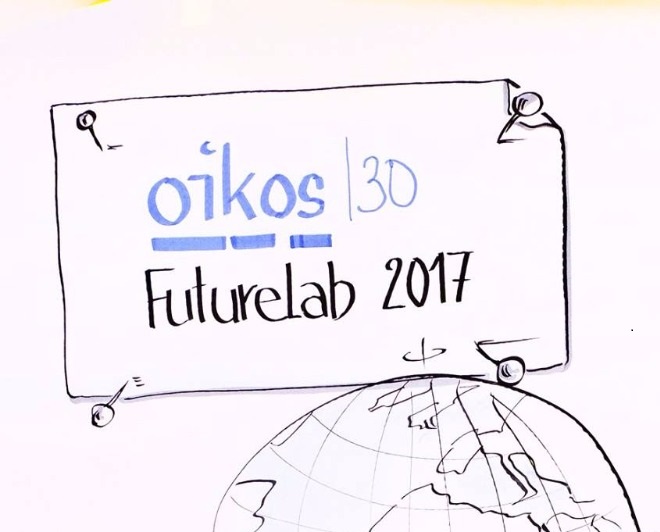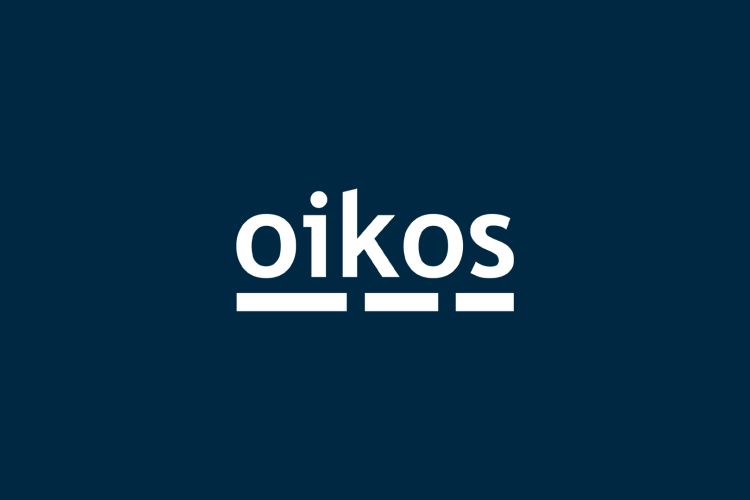
This year, Christian Eggenberger, Graphic Recorder at the innovation-factory.ch, followed the keynotes and workshops of our oikos FutureLab. He transformed what he’s heard into pictures and created beautiful tableaus, giving you – regardless of whether you were there or not – a good summary of the events. Click through the results on the right-hand column and read an interview on Christian’s profession below.
Question: Christian, you frequently join conferences to “record” keynotes, panel discussions and workshops. But instead of words, you use pictures. What makes these “graphic recordings” a better summary than the usual protocol?
Companies and organizations host events, because they want to advance their cause, develop solutions and innovations, and benefit their culture and sustainability. And one of the aims is often to store the lessons learned, the central aspects and solutions for later use. But re-reading dozens of written pages is not in everyone’s best interest – it costs time and energy and it’s difficult to discern the important from the less important. Visuals on the other hand are more accessible and catch the interest of readers more easily. These “graphic recordings” (GR) come to life and transmit the contained knowledge with the help of pictures, symbols and color! Our brain uses images to think, dream, and relate knowledge – it reinforces the visual impulses by making associations, which helps to deepen the experience. That’s why a GR has manifold advantages over the “normal” protocol.

The recordings also resonate with your audiences – after your presentation at the FutureLab, you had by far the longest applause of the day. People are impressed by your art! Do you see yourself as an artist or is graphic recording a separate profession?
First, I’m thankful for the appreciation the oikees have shown! GR actually requires a set of different competencies. The process runs roughly as follows: Preparing for the conference’s content – listening – perceiving – prioritizing and choosing the content to display – choosing the representation – skillfully visualizing – working over the sketches – presenting the final GRs to the audience. With every new assignment, I grow more familiar with this exciting set of tasks. I see GR as my vocation and as an ongoing engagement with ever new aspects of this work. The artistic aspect is one of them.
The context of each conference is different. And often, organizations use their own specific language. For example, in oikos, we assume the audience knows the underlying relationships between business practice and sustainability issues. How do you prepare, so you can follow along any conversation?
As teacher and trainer in different educational settings with more than 30 years of experience – lately I taught exclusively in professional education – I am and keep on being an all-rounder, a jack of all trades. At the same time, the in-depth occupation with the topic at hand, as well as a solid alignment with the organizers of a conference hiring my services, is key! I read in advance, put the event into the “larger picture”, ask questions and sketch out some details in advance. But I must admit, there have been times where I was clueless during the GR. In those moments, I take a deep breath and jump back in at the next point.
The final recording cannot fit every single aspect of a 30-minute talk. How do you focus on the important issues?
My concentration during the GR process is vital: Listening, analyzing, utilizing. I constantly ask myself: What will the observer expect from the GR, what will be useful to him/her? This, too, plays into my recordings. Lastly, I also amend the GR while listening, adding hints and interrelations.
Your work becomes difficult sometimes – for example when the keynote speaker appears online, rather than in person, as happened at the FutureLab. What’s the most challenging job you had to do so far?
Yes, the recording can become quite stressful, especially when I am not very familiar with the topic. This is also why the GR of Peter Lacy’s contribution at the oikos Anniversary 2017 was extremely challenging. The topic, the sound quality of the transmission, and the speed with which he talked…
You come from teaching in professional education and only started the graphic recording a few years ago. How has your job of putting knowledge into words influenced your ability to put words into images?
I continuously enhance my toolkit, the “Pictionary.” I draw, draft and sketch and I work on variations. As a second career I give trainings in “Public speaking and presenting”, often for Swiss industrial corporations. Guiding my professional students relies heavily on visual elements. The flipchart is my favorite tool – and the participants appreciate the concrete, comprehensible visualizations.
Where did you learn to sketch? Is it possible for others to learn it as well?
Up until I was 40, I taught elementary school kids in the subject “Drawing.” About 15 years ago, I began working with visualizations. I participate in international trainings and worked with a coach to perfect my GR. The act of sketching is purely natural, we scribble during phone calls or in class. To learn it professionally, it’s only 20% talent and 80% exercise. It’s really about patience, ambition and the urge to continuously learn new things.
We are thankful for the lasting FutureLab summary you have given us. Is it hard for you to let go of the graphic recordings sometimes?
It’s always a great pleasure to see the papers to be retained and used in the organizations I work for. Sometimes, they are displayed in their HQs or they are published on websites or in newsletters. This helps me to “let go.” But I keep at least one good photograph of each of my GRs. I thank oikos for their invitation to record at the FutureLab and their friendly support. Maybe this engagement and this interview will inspire new opportunities to create long-lasting GRs and an additional benefit for companies and organizations such as oikos.
Interview by: Adrian von Jagow



